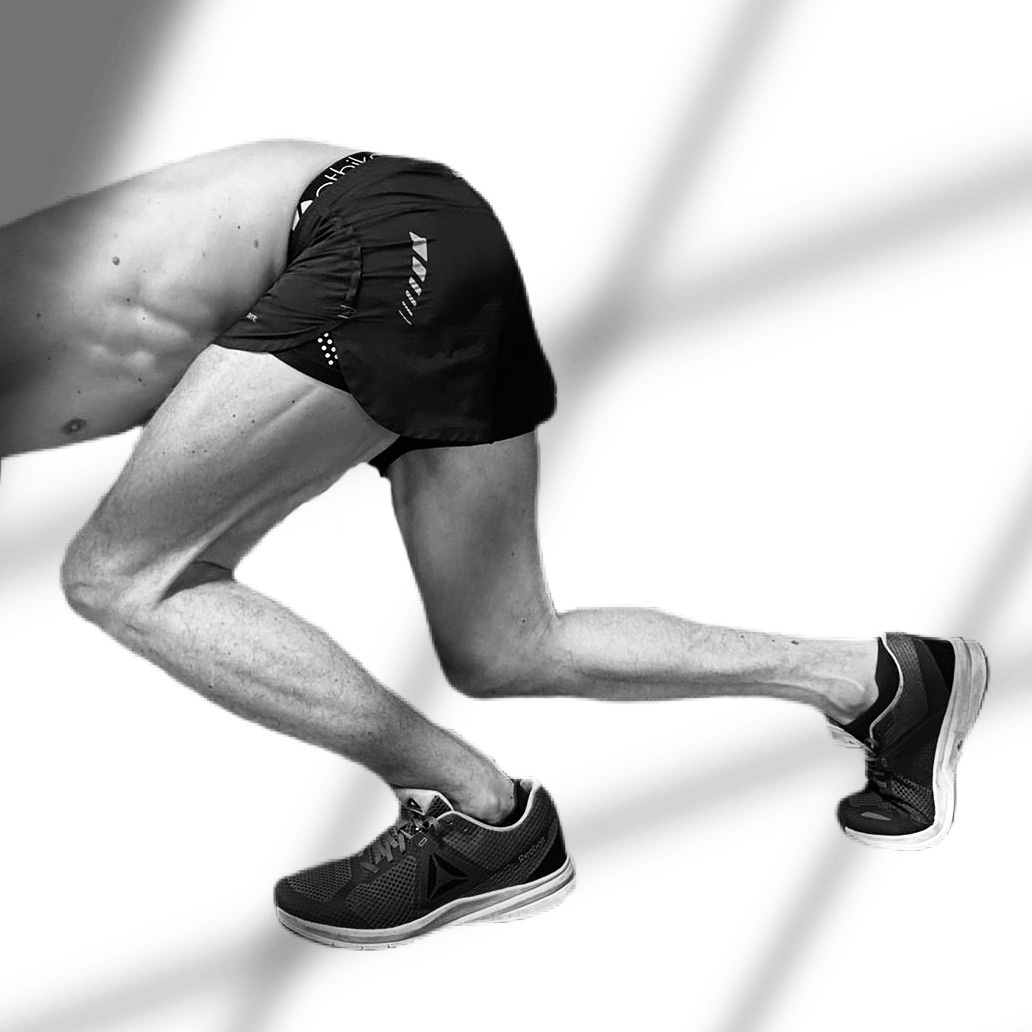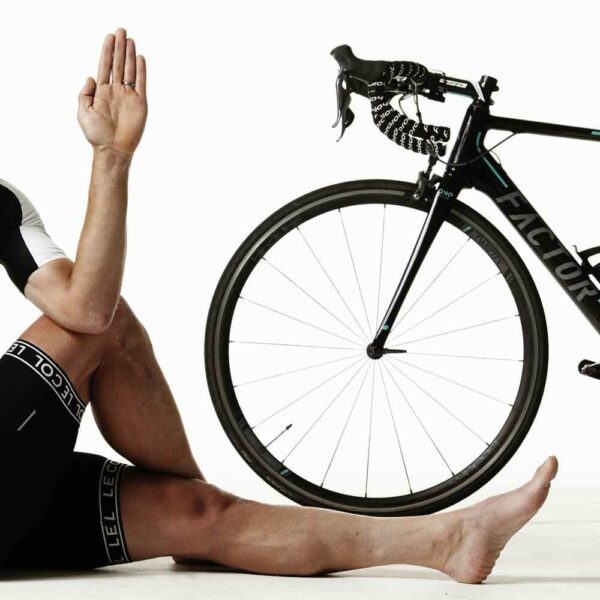We were designed to run, but we were designed at the same time to be squatting, sitting cross-legged, kneeling on the floor and being more physical in our daily lives than we are today. Going from sitting at a desk, with tight back, hamstrings, Achilles tendons and hips, to running may well be the reason so many runners are forced to stop with knee, foot or back pain. Luckily Yoga can help.
Yoga gives us back this natural functional range of motion, the range we would have if we were living in a cave and having to cook our meals on the floor, having first run after that gazelle and killed it with our bare hands. It is simply the most intelligent thing to do especially if we want to perform sports, because it restores the body’s template, giving us the foundation we need in order to have full functionality of the body.
The muscles around the pelvis, spine, hips and legs work in unison, so it is important to regularly ensure we restore the relationship between the muscles so that we do not leave ourselves open to wear and tear or injury. The balance between these muscles relies on psoas, iliacus, hamstring, glute and abdominals, and is particularly important in runners as running tends to shift this balance and yoga is unsurpassed at giving us the tools to achieve this balance. Yoga sequences need to be designed with this relationship in mind, and the order in which these muscles need to be stretched is crucial.
Serious runners understand the importance of stretching to reduce some of the potential problems running can cause. However, simple stretches are sometimes not enough. So we advise all serious runners to have a regular balanced yoga practice to ensure they continuously stretch and realign their hips, spine and knees, in the right order, with correct skeletal alignment.
RUNNER'S POWERHOUSE - THE PSOAS, HIP FLEXORS, QUADS, GLUTES AND HAMSTRINGS
The main area to look to for problem free running is everything around the pelvis.
Exhausted psoas muscles, tight hip flexors, over tight glutes, iliotibial bands, hamstrings or quads, as well as flat or weak feet, can cause lower back pain, knee pain and hip pain and can be signs that the balance between spine, hips and legs might have been affected.
If the quads are overdeveloped as they often are in cyclists and runners, or the tendons of the hip flexors are excessively tense this can pull the pelvis out of alignment. A tight psoas can also pull the spine out of alignment causing over-arched lower back and can create lower back pain so it is necessary not just to stretch it as this can place more stress on exhausted psoas muscles, one should first soften and relax it. Your psoas contracts and lengthen more than 5,000 times during the course of an average one hour run so it's no surprise it can get tight.
Runners also often have very strong tight glutes and hamstrings which can tip the pelvis backwards creating flattening in the lower spine. If the psoas has contracted in its attempt to stabilize the pelvis against the pull of the overly strengthened buttocks and rectus abdominis then if we stretch the psoas then the buttocks and rectus abdominis will be free to continue pulling the pelvis out of place and this will cause the psoas to contract even more. It is wiser to gently contract the psoas first to increase the blood flow to the area, then relax it. So randomly deciding to stretch individual groups of muscles can worsen a problem.
Doing loads of ab work such as crunches and sit-ups can also cause issues, as this trains the psoas muscle to be tight. This will shorten your stride when running and cause back pain.
THE PSOAS TEST
Wind removing pose can tell us of our psoas is too short - lie on your back, dare your right knee to your chest, knee bent and pull with both hands interlaced just below your knee. Left leg straight. If your left leg lifts up off the floor, your psoas is too tight.
DON'T FORGET YOUR FEET
Yoga will, over time, restore the foot position to being straight forward (parallel) by realigning the hips and supporting muscles. This parallel position is widely known to be the optimum position for the feet, reducing wear and tear on feet, knees and hips.
Many Westerners having spent their lives in shoes, and worse still with arch supports, weakening their arches, then wonder why they have knee pain from running. The feet strengthening poses such as Utkatasana, Yogi-Toes, Sky Stretch, Fixed Firm, Squat and one leg balancing, are key to improve our ability to run well. Strong muscles, aligned ankles, strong arches and strong big toe joints are fruits of a yoga practice than help reduce the incidence of injury or pain from running.
As a yoga teacher of 20 years and having seen thousands of runners in my classes I can say that unless someone walks naturally with their feet parallel and has good ankle alignment (isn’t rolling inward on a weak arch) they should really not be running marathons (or anything more than a jaunt to the bus!) as they may eventually find they have knee pain.
The solution is to strengthen and stretch the whole body while maintaining optimum skeletal alignment. A balanced yoga practice such as Fierce Grace that has been designed to ensure alignment, safe progression and full range of movement is the perfect partner for your running or cycling and will reduce the likelihood of injuries or discomfort, as well as bringing mental wellbeing, cardio, fitness and relaxation.
HELPFUL POSES
FG’s Deep Core's Spine Balancing Head to Knee sequence is one particularly good exercise to release this tension safely and the deep hip openers and spine alignment poses help create fluidity to the area.
Dragon Pose (Runner's stretch) with tailbone tucked under is very beneficial. Supported backbend from IN.
Fixed Firm from Fierce Grace
Pigeon
Down Dog
And countless more!
In short, a wide-reaching yoga practice is one of the very best ways to restore the body’s natural balance and ensure trouble-free longevity in your running and cycling.

